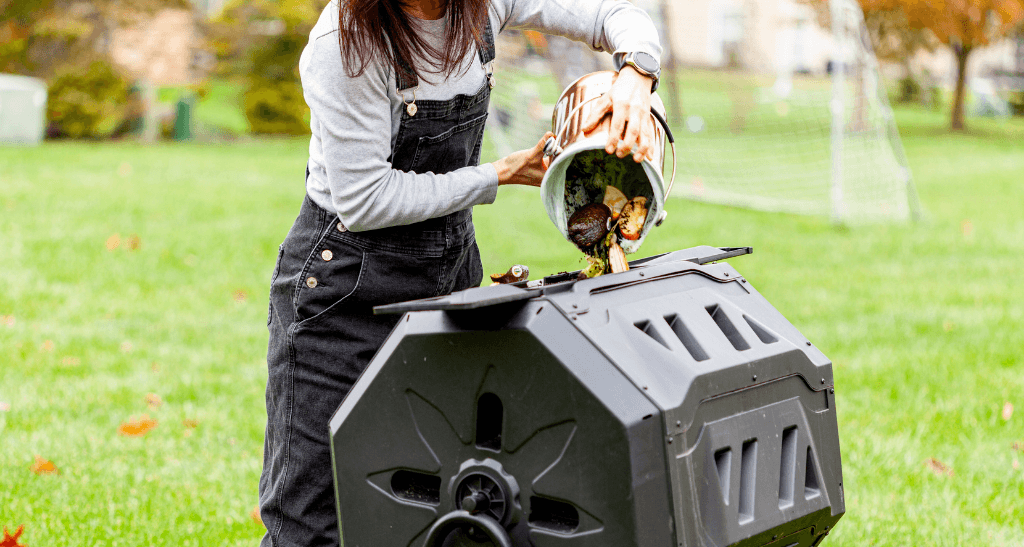The History of “Zero Waste”
“Zero Waste” is not a new concept. From the earliest stages of human history, we can see evidence of humans finding creative and innovative ways to re-use their waste. In fact, archaeologists have suggested that it could be said that cavemen were actually the first to discover recycling, using animal bones and other waste products to create tools or even pieces of art. While the earliest recyclers may not have used the term “zero waste,” their practice of giving waste products a second life is one of the earliest examples of the circular economy.

As humankind evolved, we eventually moved into more modern culture, and the industrial revolution changed the way we live, including our perspective on waste. Where we once were a species that made use of products and materials through every stage of their life cycle, we suddenly shifted into what is often referred to as a “linear economy.” This is a system in which we “take –make –dispose,” of products and materials, rather than giving them a second life through repurposing, repair, or recycling. Having evolved far past the original waste management practices of our ancestors, modern civilization of this era had left behind many of the innovative approaches to recycling that would impress even the most successful “Zero Waste” practitioner of today.
Today, we have seen yet another shift in the way we manage our waste. While the developed world still very much lives in a linear economy, there has been a large societal push to change our habits and develop new practices that fit within the “Zero Waste” lifestyle approach.
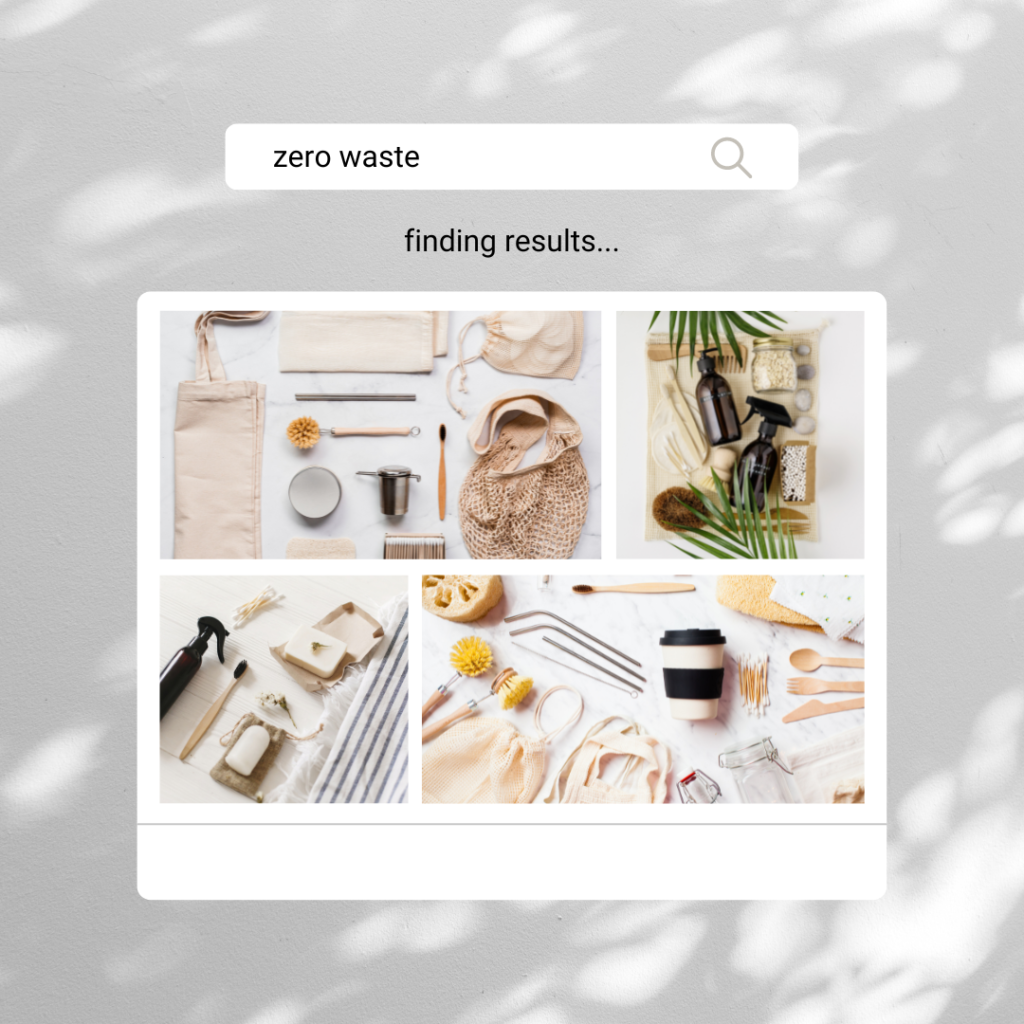
Today, “Zero Waste” is a term we hear used on a regular basis, from a wide-ranging array of sources. It has been popularized by eco-friendly bloggers, used as a marketing tactic, within recycling programming, and is even seen in environmental certification programs. However, without one specific clear definition of what zero-waste truly means, the term can be easily misunderstood. As we dive into what it truly means to be “Zero Waste,” we can clear up that confusion and identify the best ways to use this term as a motivator to reduce our environmental footprint through waste reduction.
What Does “Zero Waste” Really Mean?
The Zero Waste movement means different things to different groups of people. For most certifications such as the ZWIA Zero Waste Certification or the TRUE Zero Waste, certification, the goal is a Waste Diversion Rate of 90% or higher, in order for a business or facility to be considered “Zero Waste.” Meanwhile, popular author, Kathryn Kellogg, of “Going Zero Waste” provides a more fluid definition of the zero waste lifestyle, identifying that while setting a specific waste diversion target is useful, a realistic approach to zero waste is more about “redefining the system,” in order to send as little to landfill as possible.

Alternatively, we can also look at what “Zero Waste” may look at in various settings, and identify how it may be defined differently depending on the environment. Zero Waste Creative, an expert resource on the zero-waste lifestyle explains that industrial waste producers must approach “Zero Waste” by examining their purchasing approaches, revisiting their manufacturing practices, and incorporating sustainable design into the way they do business. In a commercial setting, the waste stream will be made up of the many varied materials generated on-site while business is being conducted. This will vary depending on the industry, and a clear waste reduction approach including a waste audit to properly categorize the waste types being disposed of by the business will be critical to identifying the best approach to zero-waste in this setting.
Of course, it would be remiss to disregard the importance of domestic zero-waste, which is a lifestyle approach defined by the waste reduction efforts we make in our own homes. This genre of zero waste will be defined by lifestyle adjustments, consumption changes, and a strong focus on maximizing the “3 Rs” –Reduce, Reuse, Recycle. Ultimately, when discussing the concept of “Zero Waste” or a “Zero-Waste Lifestyle” it is critical for us to recognize that although these definitions may vary, a common thread is that zero-waste is defined as an aspirational goal.
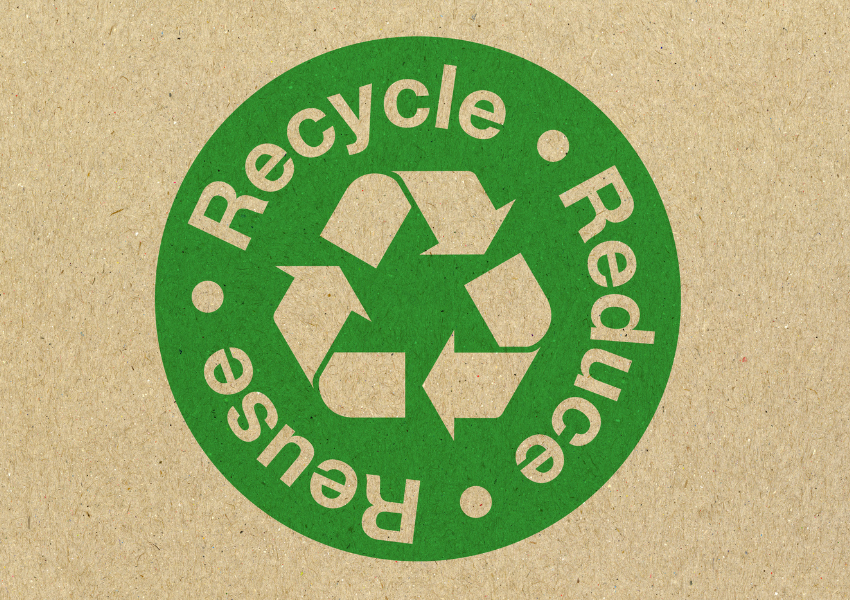
As human beings, it is inevitable that we will create waste at some point. However, by making strategic efforts to reduce the amount of waste that we generate and send to landfill, we can have a significant environmental impact through waste reduction. How Can We Achieve “Zero Waste? When it comes to achieving “zero-waste” it is critical to set a definition for what that will mean to you or your organization. Whether your goal is to simply implement a zero-waste strategy, or you have a more specific goal to achieve a waste diversion rate of 90% or higher, this will be the road map to achieving your success.
In any industrial, commercial, or institutional setting, the first step in working towards zero-waste is participating in a MOE certified Waste Audit. The waste audit report will become your road map in achieving waste reduction success. Utilizing the data from the waste audit, an evidence-based approach will be implemented, providing next steps to work towards your waste reduction goals, and ideally an eventual achievement of “Zero Waste.”
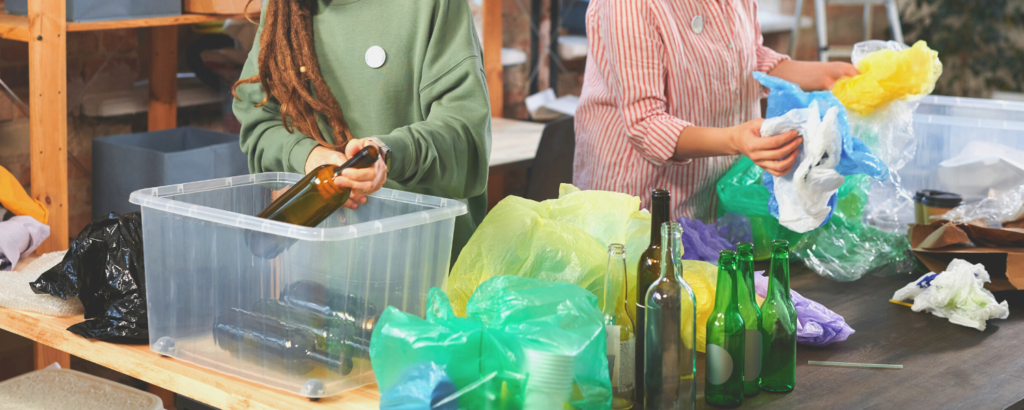
How can we achieve “Zero Waste”?
-
Education
It is critical that everyone who will be generating waste and recycling in any given environment, whether that be domestically within the home, or in a commercial or industrial setting, be educated on the waste and recycling programs that are available to them, and their individual role / impact. The adage that ‘Knowledge is Power’ rings true, with education being the key first step to engaging anyone who is a generator of waste within your facility or home.
-
Sustainable Purchasing
All waste comes from somewhere, and more often than not, it is linked to a purchase that we have made as a consumer. This is where it is critical to revisit our purchasing strategies, both as individuals and as businesses, to ensure we are minimizing wasteful packaging. When purchasing groceries as a household, this can be as simple as opting for loose vs. packaged produce. For a business, this may mean opting for products that are packaged in recyclable material versus material that will be sent to landfill. Ideally, the goal of a sustainable purchasing strategy, be it for a business, an individual, or a household, will be to limit the amount of packaging and other materials that are entering your building that will be sent to landfill.

-
Program Maximization
If you haven’t set a goal of achieving zero waste, it is critical that the waste diversion programs available to you are maximized. This includes recycling, compost, and any reuse programs that you may have in place. This will give you the opportunity to divert as much material as possible from landfill when reduction is not a possibility. Working with your team on education and compliance programs to achieve this are essential to success.
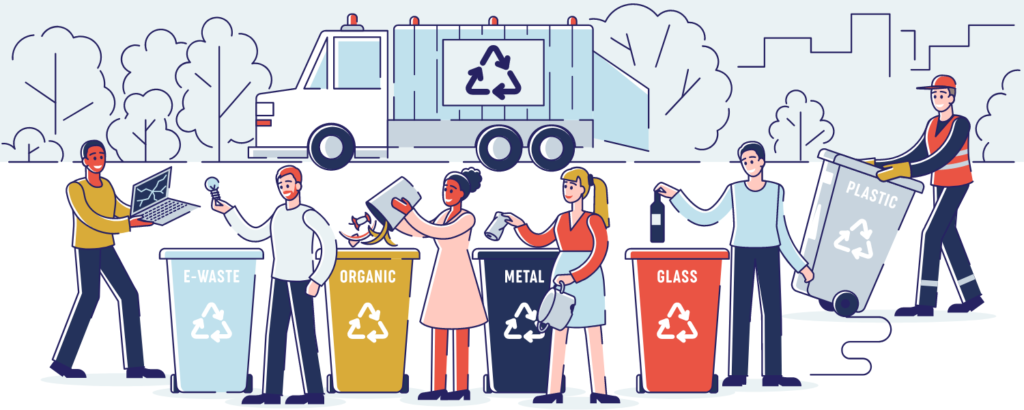
What is The Future of “Zero Waste?”
As we move into the future, the popularity of the zero-waste movement is only growing. However, in the face of mass consumerism, it can be disheartening to recognize that our waste production rates are not decreasing. Regardless, the future of zero waste is not dim. In fact, each of us have the opportunity to play an individual role in how we impact and achieve change through waste reduction. As businesses, we have a responsibility to track, measure, and manage our waste responsibly. Using this data, we can drive improvement and achieve zero waste.
In our households, we have the power to instill habits that will reduce not only our waste but make a difference for generations. As consumers, we have the opportunity to use our purchasing power wisely, opting for waste-reduced packaging options and limiting unnecessary waste material being brought into our homes. We can challenge ourselves and others to meet and exceed our waste reduction goals, achieving the Zero-Waste aspiration that we should all be working towards.
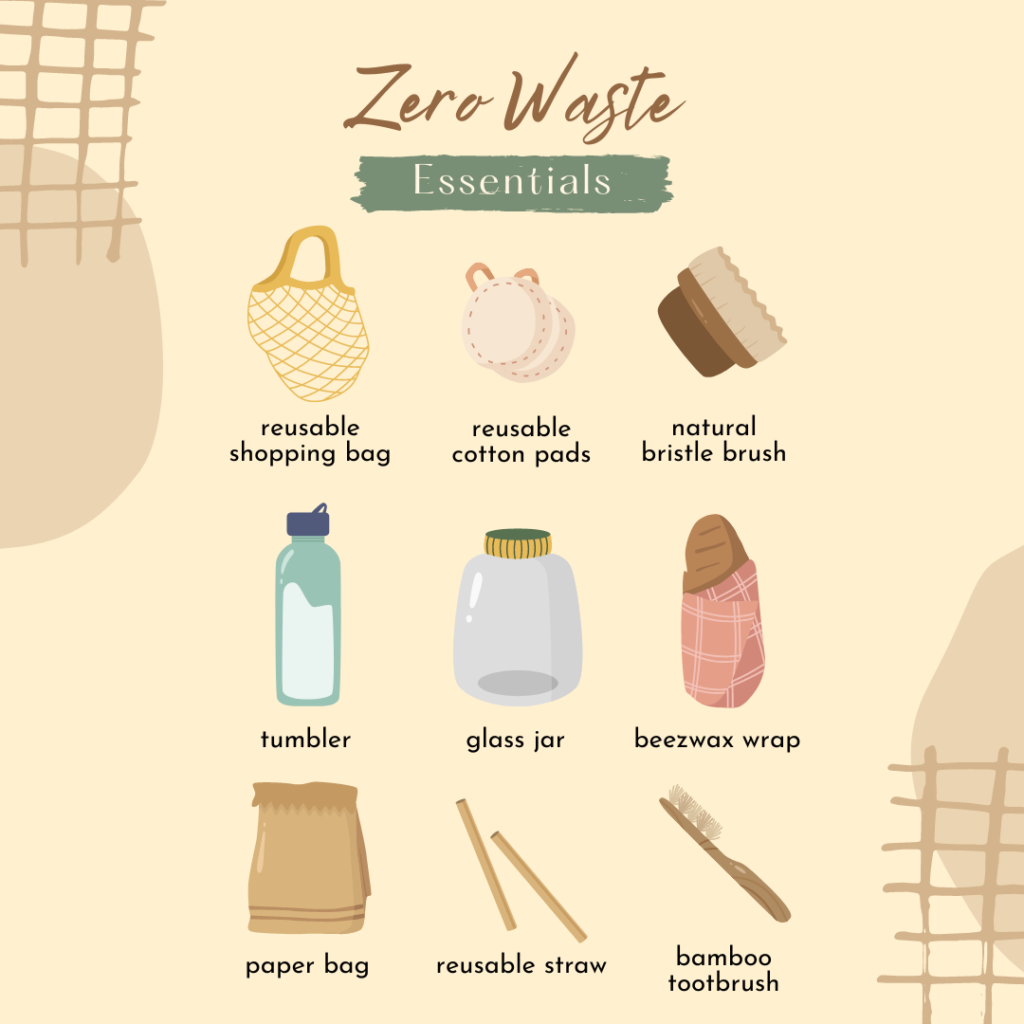
We encourage you to learn more!



